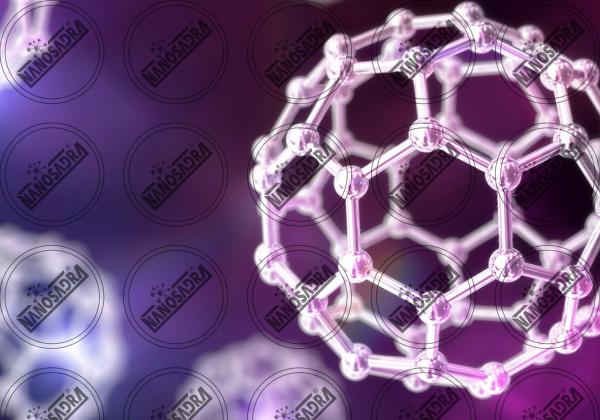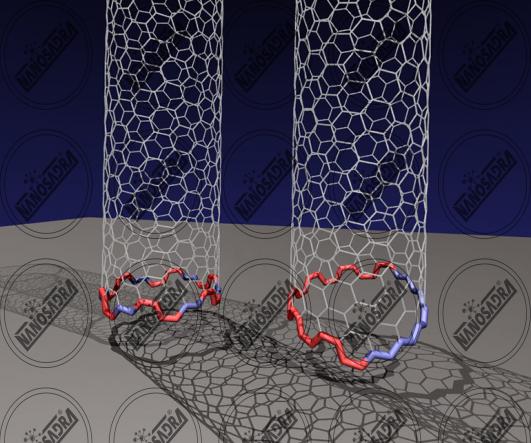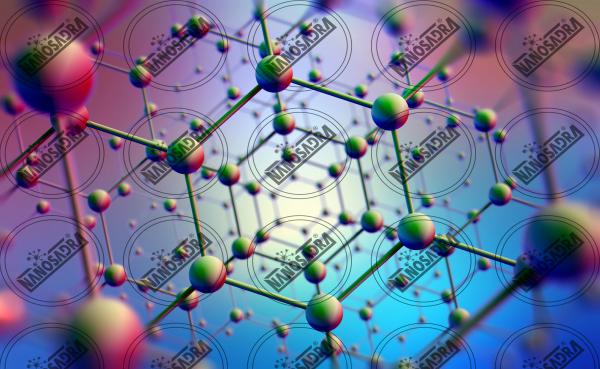From a scientific point of view, nanoparticles are particles with dimensions of 1 to 100 nanometers. In Latin, the word nanoparticle is used to express nanoparticles, which includes all metal and non-metallic particles, insulators and semiconductors, composite nanoparticles such as layered core structures. Also, most metal oxides, such as silver oxide nanoparticles, nanocrystals, and semiconductor quantum dots, are subsets of nanoparticles. today nanoparticle suppliers are the Knowledge Based Companies that produce nanoparticle.

How is nanoparticle manufacturing process?
 There are many different types of nanoparticles. methods of manuefactiring process are basically divided into three main groups, each of which is briefly described below
There are many different types of nanoparticles. methods of manuefactiring process are basically divided into three main groups, each of which is briefly described below
- Processing of nanoparticles from the gas phase
- Treatment of nanoparticles with liquid phase
- Solid state processes
The methods under this heading are very diverse and have unique capabilities. The most popular of these methods are: neutral gas condensation, electrical wire explosion, atomic scattering, laser mining, chemical chemical vapor synthesis, chemical vapor synthesis produced by thermal activation, chemical-chemical vapor-chemical synthesis of vapor by plasma and plasma. And aerosol.
Chemical reactions to synthesize materials can be done in gaseous, liquid or solid state. The reaction rate of the reactants in the gas or liquid phase is several times faster than in the solid phase. Therefore, the synthesis of nanostructured materials in the gas or liquid phase takes place at a lower temperature and prevents the growth of crystalline grains.
Mechanical modification under shear conditions and high tensile rates lead to the formation of structures with nanometer-sized crystalline grains in fine powder powder particles on the surface of metals and alloys under abrasion. Common methods of solid processes include mechanical milling and alloying . The properties of the nanoparticles obtained from this method depend on the type of mill, the crushing time and the crushing environment.
Where to Find nanoparticle at Lowest Price?
 If you’ve been looking for a nanoparticles in the market, you’ll find that the prices are pretty close and slightly different, but some brands are priced higher than average. This price difference is due to the fact that the materials used in their construction are different or have a higher error rate. However, if you want quality, you have to spend money.
If you’ve been looking for a nanoparticles in the market, you’ll find that the prices are pretty close and slightly different, but some brands are priced higher than average. This price difference is due to the fact that the materials used in their construction are different or have a higher error rate. However, if you want quality, you have to spend money.
A good example of nanoparticles is silver nanoparticles. Silver nanoparticles are widely used because of their antibacterial properties. Depending on the type of application, the physical properties and the system involved, these particles are used in different sizes and shapes. Of course, in the case of their use, they must be in a range that is effective in destroying microorganisms and foreign agents on human cells.
In addition to their antibacterial properties, silver nanoparticle for export have antifungal and anti-inflammatory effects, are environmentally friendly, non-irritating and non-allergenic, non-resistant to microorganisms, heat resistance and high stability by Supplier nanoparticle near me.
The antibacterial properties of the particles have led to their widespread use in wound dressings, wound dressings, and all devices involved in the wound healing process. The use of these particles in biosensors to diagnose and treat diseases such as cancer is also very valuable by Best nanoparticle brands.
In addition, the use of silver in catheters and vascular prostheses reduces bacterial resistance while reducing cloning. The method of synthesizing silver nanoparticles is one of the important points in the use of these materials, because silver nanoparticles, in addition to physical-chemical methods, are also synthesized biologically through fungi and bacteria.
Is Bulk Prices of nanoparticle Cheapest Than Retail?
 Wholesale is one of the requirements of a business. That is, there should always be people called wholesalers who buy a product at a wholesale price from a factory or manufacturer and put it in their warehouses and sell it to retailers at a price that benefits them. As you know, if you buy a product in bulk, it will cost you less.
Wholesale is one of the requirements of a business. That is, there should always be people called wholesalers who buy a product at a wholesale price from a factory or manufacturer and put it in their warehouses and sell it to retailers at a price that benefits them. As you know, if you buy a product in bulk, it will cost you less.
The first industrial production of nanoparticles occurred in the twentieth century with the production of soot and then in 1940 with the production of foam silica. These materials are still widely produced and used today, and some well-known companies, such as Degosa and Kabut, attribute their assets to these materials.
Although comprehensive information is difficult to obtain, there are probably more than 340 companies that produce nanomaterials in various forms around the world, and about 200 companies are manufacturers of nanoparticles. The use of nanoparticles has been on the rise, and its market has the potential to grow dramatically over the next ten years as nanomaterials are used and commercialized.











Your comment submitted.